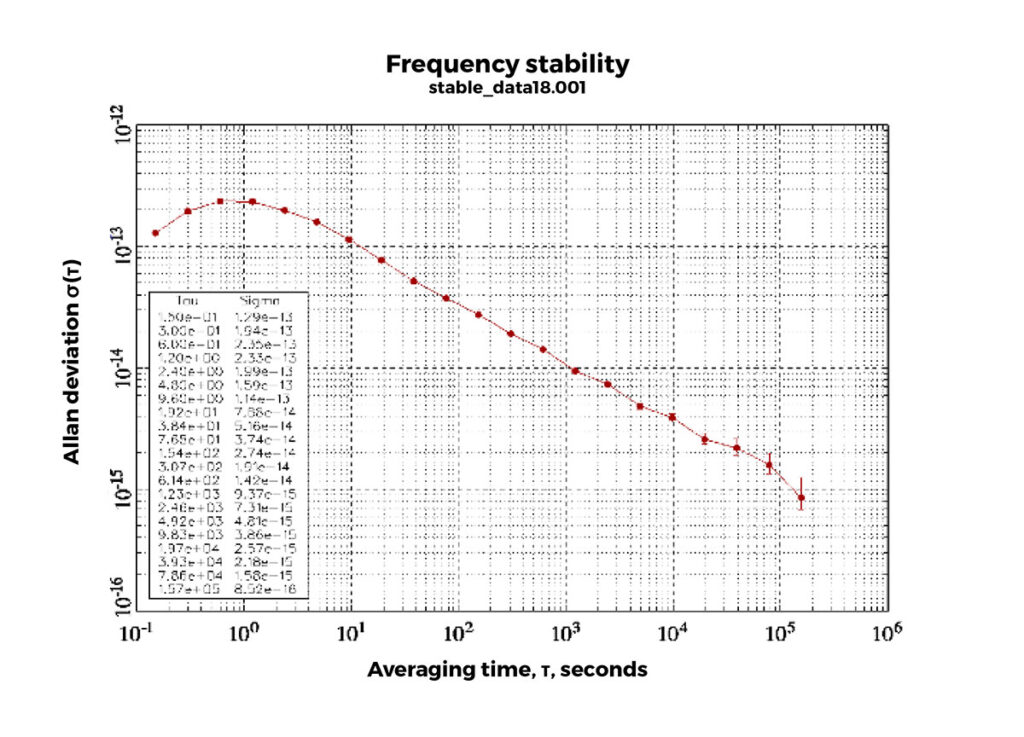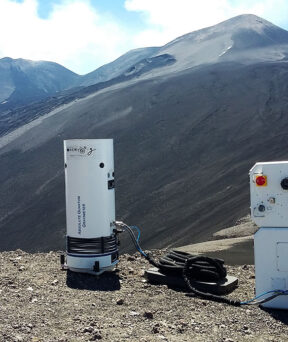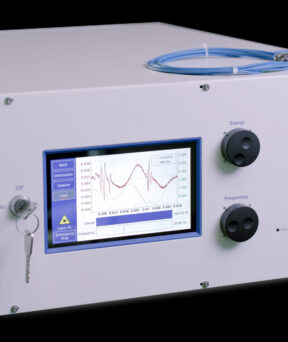Time & Frequency Reference
Get more information with

Jean Lautier-Gaud
Director of Business Development & Sales, Quantum Sensors


A high-performance frequency standard based on cold atoms
Thanks to the advances of Quantum Technologies, iXblue provides a turn-key atomic clock delivering an RF reference signal featuring a relative frequency stability at a level of 10-15.
These frequency reference and measurement technique are recognized by the BIPM (Bureau International des Poids et Mesures) as an official secondary frequency standard. The Muclock thus delivers a frequency reference signal that can be used for representation of the definition of the SI second.
Muclock features within a single device unmatched performances in terms of short and long-term frequency stability, as well as accuracy and predictability. It therefore offers a very interesting alternative to usual Hydrogen Maser / Caesium clocks ensembles for the generation of highly stable time scales, among others.
Publications
-
HORACE: A compact cold atom clock for Galileo
Advances in Space Research 47 – March 2011
HORACE (HOrloge à Refroidissement d’Atomes en Cellule = clock based on atoms cooled from vapour cell) is a compact cold caesium atom clock developed in SYRTE at Paris Observatory…
Learn more -
Contributing to TAI with a secondary representation of the SI second
Metrologia 2014, 51
We report the first contribution to international atomic time (TAI) based on a secondary representation of the SI second. This work is done with the LNE-SYRTE FO2-Rb fountain frequency standard using the 87Rb ground-state hyperfine transition. We describe FO2-Rb and how it is connected to local and international time scales.
Learn more -
Recommended values of standard frequencies for secondary representations of the definition of the second
CIPM (2015)
The CIPM has charged the CCL-CCTF Frequency Standards Working Group (CCL-CCTF-WGFS) with maintaining this list of recommended values of standard frequencies for applications including the practical realization of the definition of the metre and secondary representations of the definition of the second.
Read more



